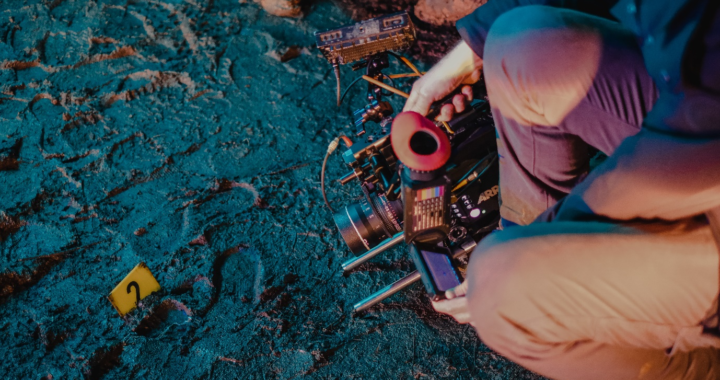Digital Evidence is increasingly assimilating into the world. The demand for digital forensics is predicted to proliferate over the next few years. Mobiles and the growth of the Internet of Things have made digital evidence more common than ever before. If you want to handle digital evidence in a way that’s not harmful, then read on as we tell you more.
Handling Digital Evidence
1. Identification
Before gathering digital evidence during the identification step, basic information regarding the cybercrime case is gathered. Similar to what is sought during a regular criminal investigation, this early information. The researcher aims to provide answers to the following queries:
- Who participated?
- What took place?
- When did the cyberattack take place?
- Where did the online crime take place?
- How did the online crime happen?
2. Collection
When it comes to cybercrime, the crime scene is not just the physical location of the digital devices employed in the crime’s commission and its intended victim. The digital devices that may contain digital evidence are also included in the cybercrime crime scene, which encompasses several digital servers, systems, and devices. The crime scene is guarded when cybercrime is noticed, reported, and/or suspected.
3. Acquisition
The following step is to get data from the gathered device. The equipment in question determines the particular acquisition technique. For instance, the procedure for removing data from a laptop differs significantly from that of a smartphone.
This procedure should, wherever feasible, be handled by experts. Taking a “forensic picture” could be preferable to manipulating the original copy, depending on the device’s state and contents. That calls for specific equipment and information.
4. Protection
The goal of evidence preservation is to stop digital evidence from being altered before it is again required. It can happen physically or digitally depending on what is better at handling the data. Management systems today are beneficial in this feat.
5. Analysis and Reporting
In addition to handling digital evidence, the data analysis process entails looking at and analyzing it (the analysis phase) and communicating the analysis results (reporting phase). In the analysis stage, data is analyzed, events are reconstructed, and digital evidence is taken from the device. Before beginning to analyze the forensic evidence, the lab’s digital forensics analyst must be told of the search’s goals, given some context for the case, and any additional information gleaned from the research that can help the forensics analyst at this stage.
Final Thoughts
Digital evidence handling requires a lot of effort as there are many steps in handling digital evidence effectively. The way to ensure that digital evidence is appropriately handled is by forming a team that will execute the process from start to finish. They must know how they must handle digital evidence for maximum efficiency.
For more information on digital evidence, read more on our website please visit us at www.eclipseforensics.com.

